The journals identify 134 species of birds with reasonable certainty . . . . perhaps the men felt a special interest in birds because Lewis knew, and the others were surely told, that the president was an enthusiastic birdwatcher who was keeping his own list of birds seen around his home.
—Virginia C. Holmgren in Birdwatcher’s Guide to Lewis and Clark
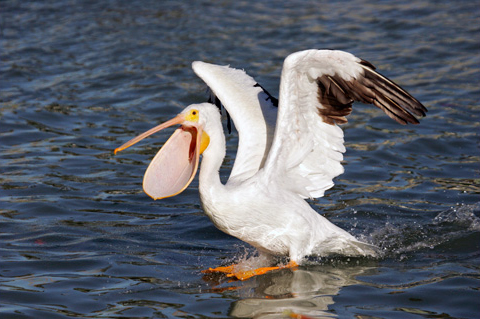

After killing one in flight, Lewis outlined the pelican’s habits of migration and reproduction, possibly relying on one of the reference books he had with him.
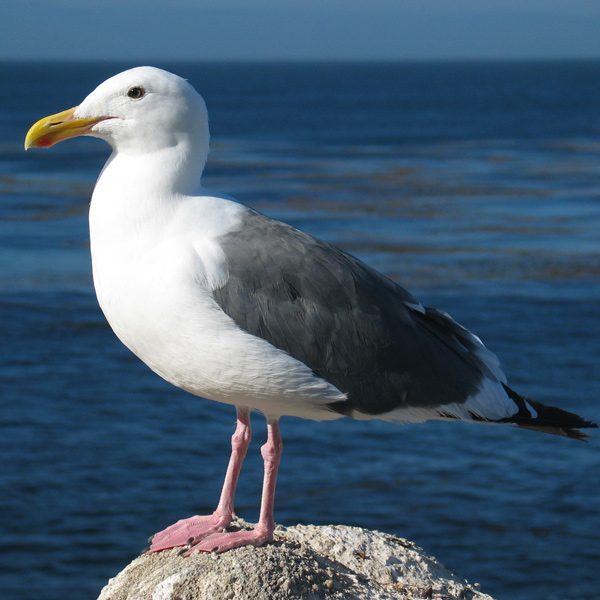

This glossary lists in alphabetical order the bird names used by Lewis and Clark in expedition records. To aid the reader in locating a complete passage in any edition of the journals, or paraphrase based on the original journals, each bird name is followed by the date of usage—usually the first, or a later significant, entry.
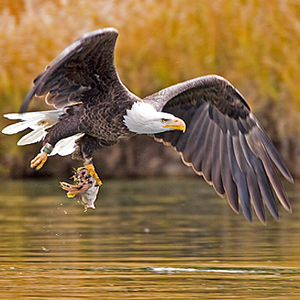

En route to the Pacific Ocean, Lewis and Clark saw both species of eagles that are native to North America: the black-and-white one called the bald eagle, and the brown-and-gold one commonly known as the golden eagle, but which the explorers knew as the grey eagle.
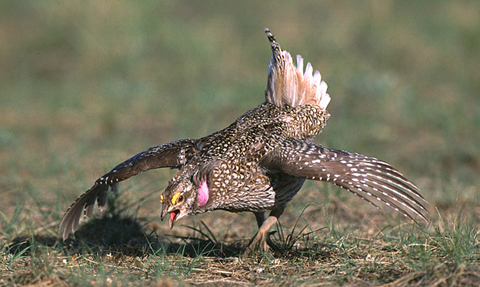

Elliott Coues, whose scientific interest centered on ornithology, in 1893 declared Lewis’s “Grouse or Prarie hen” to be the Oregon ruffed grouse, at that time classified as Bonasa umbellus sabinei (Ord) Coues.
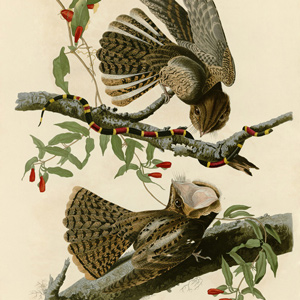

After the night of 3 June 1804, just past the Moreau River in present-day Kansas, Clark and Ordway reported that a loud bird sang all night. They called it a nightingale, but no such species lives in North America. Just what type of bird did they hear?
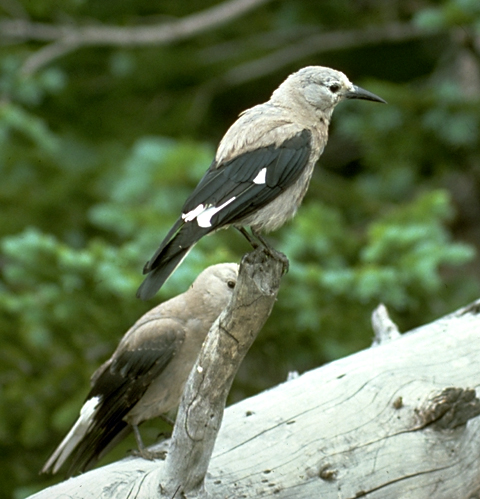

On the Salmon River, Clark “saw to day [a] Bird of the woodpecker kind which fed on Pine burs it’s Bill and tale white the wings black every other part.” Later, Meriwether Lewis had time to study and describe it with his usual thoroughness.
Birdwatcher’s Guide to Lewis and Clark
by Virginia C. Holmgren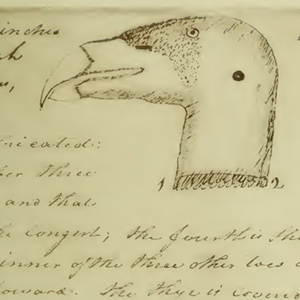

As you find each one and try to check each identifying clue, you cannot help but know much of the same challenge, the same success—or frustrations—that kept Lewis and Clark birdwatchers to the end.
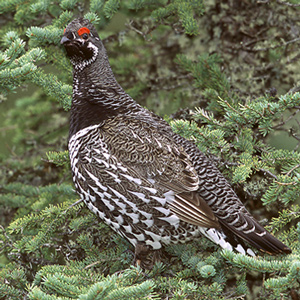

What is most remarkable about Meriwether Lewis’s work as a naturalist is that he observed and wrote so much about the plants and animals he saw. An unusual example is his description of the bird now commonly known as the spruce grouse.
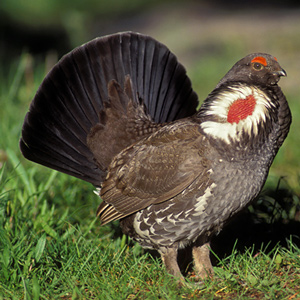

“this bird is fully a third larger than the common phesant of the Atlantic states. it’s form is much the same. it is booted nearly to the toes and the male has not the tufts of long black feathers on the sides of the neck which are so conspicuous in those of the Atlantic.”
Summary of Birds Seen
by Virginia C. Holmgren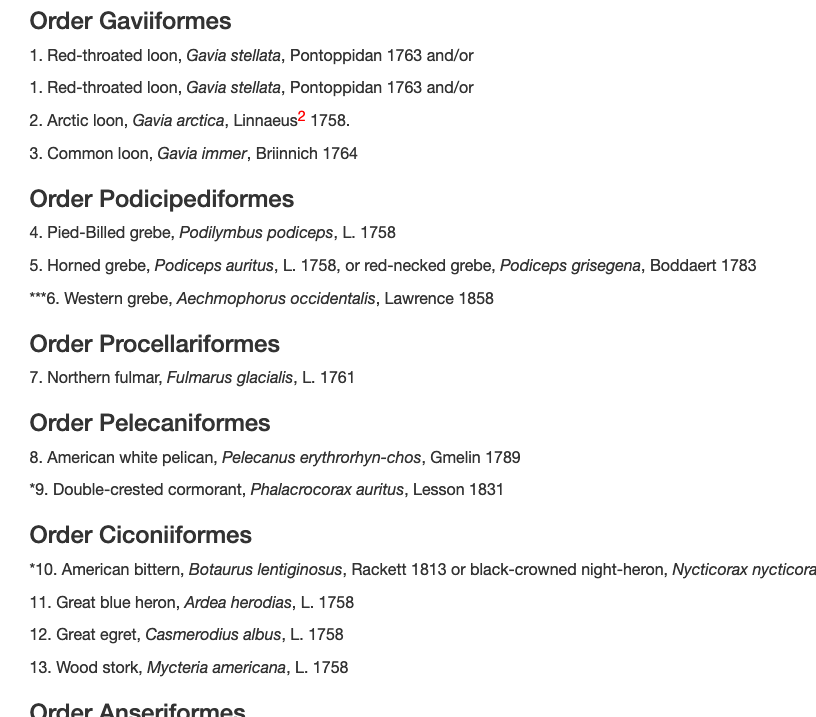
The birds seen on the expedition are listed by scientific order and numbered for a total of 134 species or well described subspecies. Each is identified by Latin binomial (trinomial for subspecies), surname of original classifier, and year of publication.
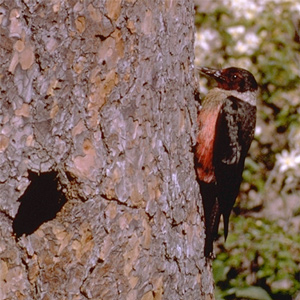

On 27 May 1806, while the expedition was camped in the vicinity of modern Kamiah, Idaho, on the Clearwater River, Lewis described a bird that was “new to science,” with his typical mixture of minute detail and genuine admiration.
March 7, 1806
Aquatic birds
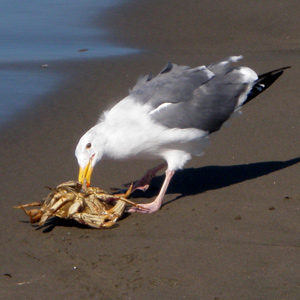

At Fort Clatsop near the Pacific Ocean, Lewis describes aquatic birds: four seagulls, black cormorant, Arctic loon, and western grebe. Pvt. Bratton’s back pain worsens, and the hunters take one elk.
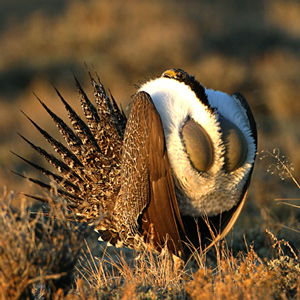

“The Heath Cock or cock of the Plains is found in the Plains of Columbia and are in great abundance from the enterance of Lewis’s river to the mountains which pass the Columbia between the Great falls and Rapids of that river.” Thus we have a historic account of sage grouse range and abundance.
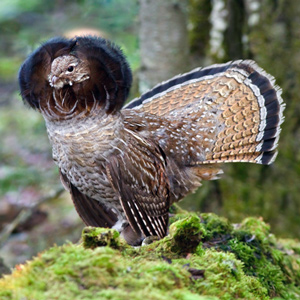

At Fort Clatsop on 5 February 1806, Reubin Field returned from a hunt with “a phesant which differed but little from those common to the Atlantic states.”
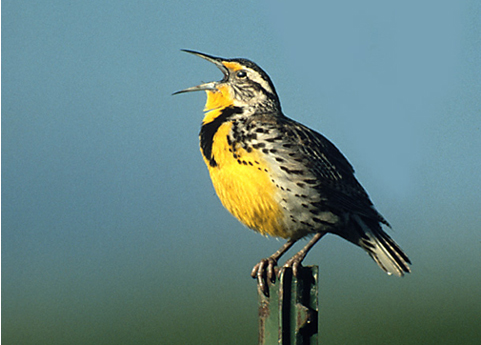

The species remained nameless until John James Audubon dubbed it neglecta because, he wrote in 1840, although “the existence of this species was known to the celebrated explorers of the west, Lewis and Clark . . . no one has since taken the least notice of it.”
Grouse
by Joseph A. Mussulman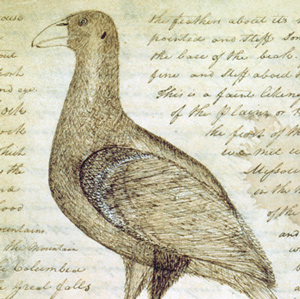

Why did Lewis call the spruce grouse, blue grouse, and Oregon ruffed grouse “Three species of Pheasants?” What species did he actually see?
Experience the Lewis and Clark Trail
The Lewis and Clark Trail Experience—our sister site at lewisandclark.travel—connects the world to people and places on the Lewis and Clark Trail.
Discover More
- The Lewis and Clark Expedition: Day by Day by Gary E. Moulton (University of Nebraska Press, 2018). The story in prose, 14 May 1804–23 September 1806.
- The Lewis and Clark Journals: An American Epic of Discovery (abridged) by Gary E. Moulton (University of Nebraska Press, 2003). Selected journal excerpts, 14 May 1804–23 September 1806.
- The Lewis and Clark Journals. by Gary E. Moulton (University of Nebraska Press, 1983–2001). The complete story in 13 volumes.

